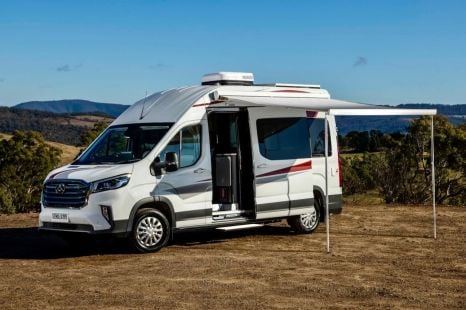

Ben Zachariah
2026 LDV Deliver 9 campervan released with sharp pricing
7 Hours Ago
Volkswagen Australia understands headquarters are working on electric versions of the Amarok and Crafter, and it wants to bring them here.

News Editor
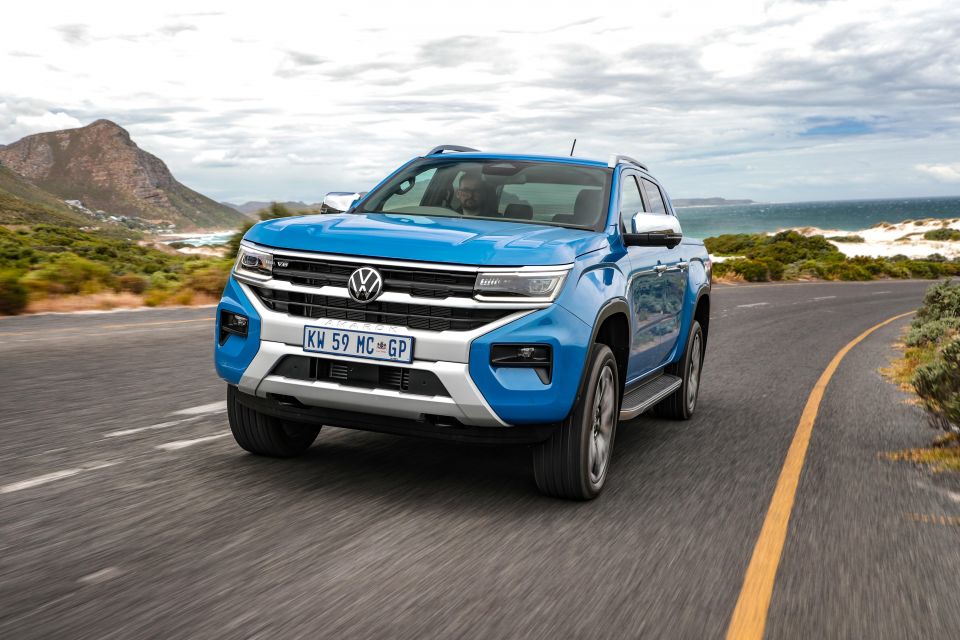

News Editor
Volkswagen Australia understands an electric Amarok – potentially called the eAmarok – is in development and it wants it here.
Should the vehicle eventuate and be secured for Australia, it would arrive sometime in the second half of the decade – potentially around 2026 – alongside an electric version of the full-sized Crafter van.
“Neither of these vehicles are confirmed as yet but we know that there is definitely a desire at headquarters to investigate these vehicles and we’re hopeful that they come to fruition in the near future,” said Ryan Davies, director of Volkswagen Commercial Vehicles in Australia.
The second-generation Amarok will come here first in petrol and diesel guise, with a launch scheduled for April 2023.

While a plug-in hybrid Ford Ranger is in the works, set for launch in 2024, Volkswagen Australia says it understands global headquarters is leaning towards a full-electric Amarok.
The company confirmed the Amarok’s platform supports a full-electric powertrain. Ford had previously said it supports electrification, without going into specifics.
Executives at the Amarok launch in South Africa said it’s still a matter of internal discussion but a petrol plug-in hybrid is still being weighed.
They also confirmed a mild-hybrid is unlikely based on the latest draft of upcoming Euro 7 emissions regulations, while Euro 7 regulations make diesels harder to align with said standards and therefore make a diesel PHEV less likely.
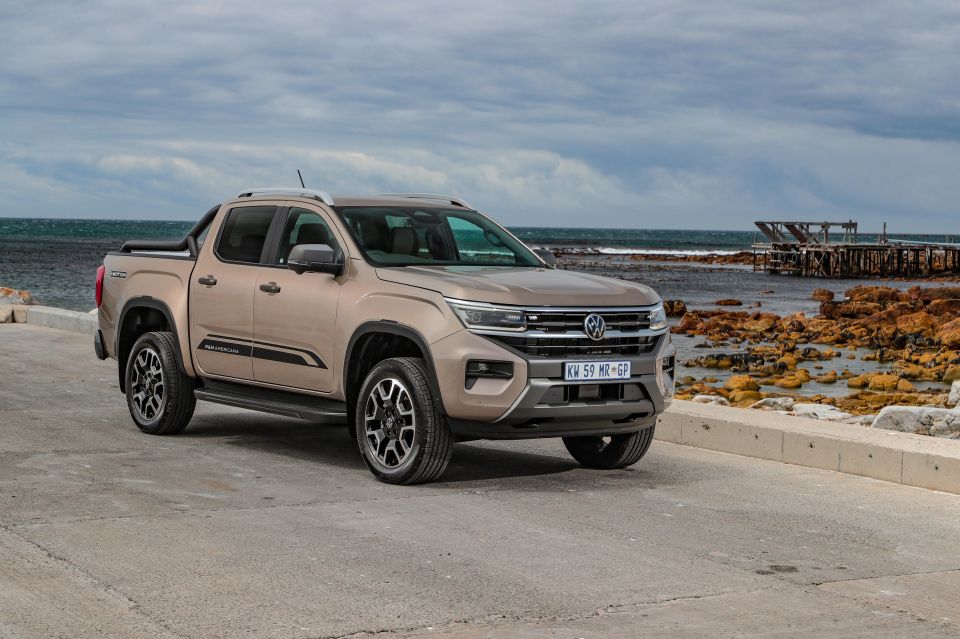
“We are keen on transformation. This is what we are openly telling from day one, that we really are now seeking the best option for the customer,” Volkswagen Commercial Vehicles global product manager Peter Sulc told CarExpert in South Africa.
“This is the biggest problem of the PHEV, is that if you put the battery in, your payload is dropping down by 400kg and then you are not able also to bring in 3.5-ton towing.
“And then for the BEV, if you exactly do the same and you really have this 3.5-ton towing, then you have to stay every 150km and recharge.
“And this is exactly what we are just now internally discussing what will be the best timing for our customers worldwide to do so.”
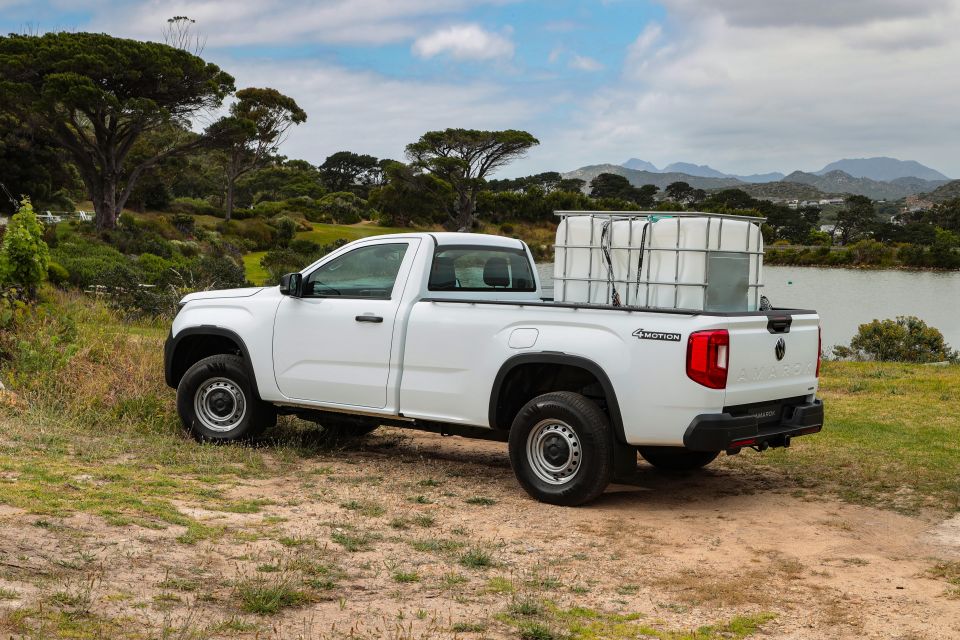
Mr Sulc said he personally saw the solution of lowering a PHEV Amarok’s range by using a smaller battery, and therefore ensuring a more competitive payload figure, but said customers may not accept 40-50km of range.
Volkswagen has already been beaten to the punch by LDV in offering an electric ute in this segment, but the Chinese eT60 thus far has no competition even as China and North America’s electric ute segments are beginning to bustle with activity.
That could change soon, with more Chinese electric utes set to come to Australia including an electric version of the JAC T9, due in the second quarter of 2024.
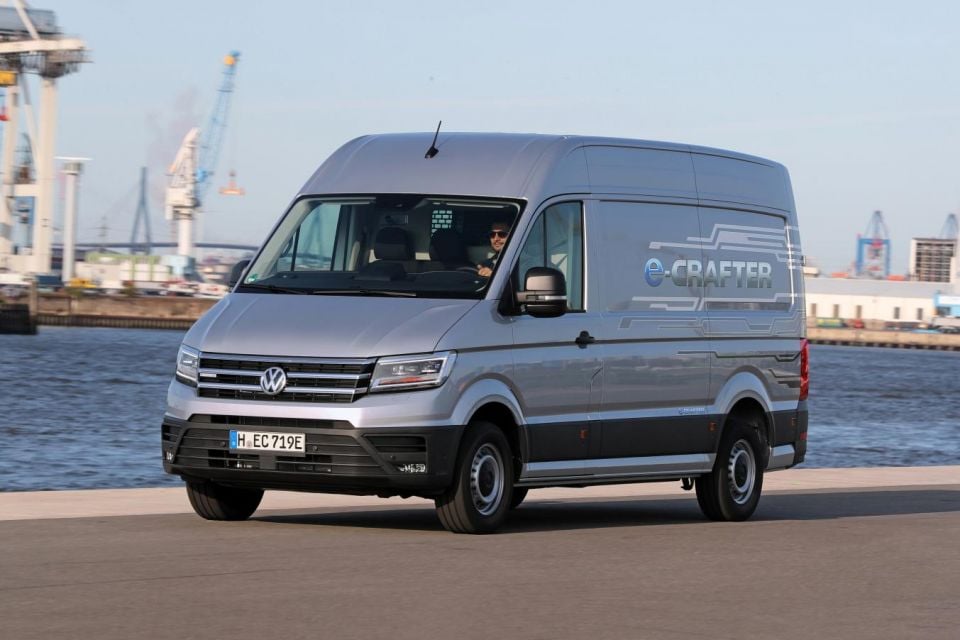
As for the eCrafter, Volkswagen has already offered an electric version of the current-generation van, but it appears the Australian arm would be waiting for the next-generation model.
The current, 2017-vintage Crafter was offered with an electric powertrain until earlier this year, but only in left-hand drive markets.
It featured a single, front-mounted 100kW/290Nm electric motor and had 115km of range on the WLTP cycle.
Before Volkswagen rolls out its electric ute and full-sized van, it’ll belatedly begin the rollout of its EV line-up locally.
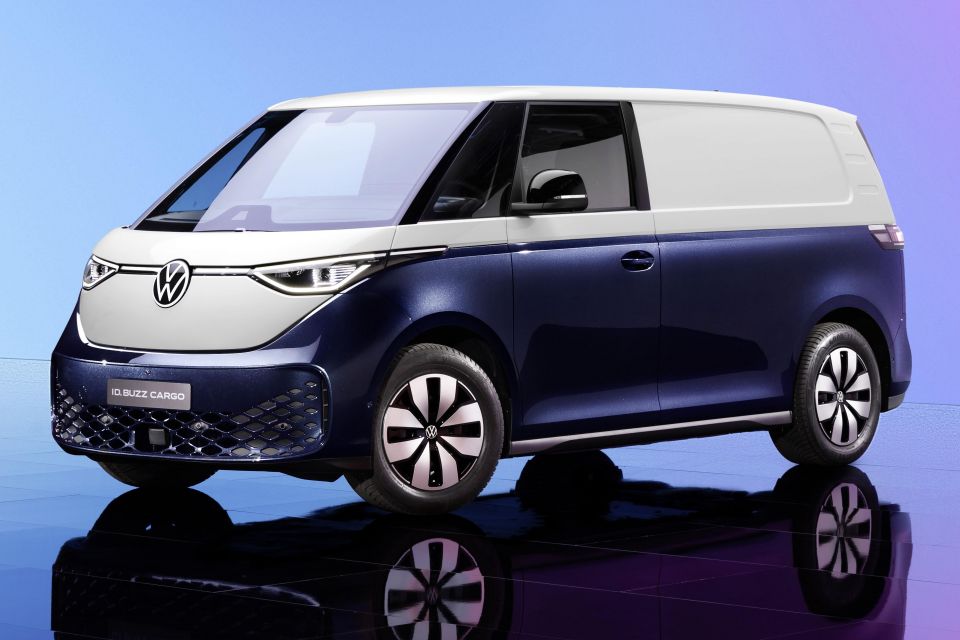
The ID.4 and ID.5 crossovers are due in 2023, the ID. Buzz and ID. Buzz Cargo are being targeted for 2024, and the ID.3 hatchback has also been confirmed.
The company is targeting 6500 electric vehicle sales in 2024, growing to a cumulative total of 150,000 between 2025 and 2030. That represents an average annual tally of 25,000 units.
The entire Volkswagen dealer network has opted in to sell electric vehicles, and sales and service training has commenced ahead of the launch of the brand’s first EVs in Australia in 2023.
MORE: Everything Volkswagen Amarok MORE: Everything Volkswagen Crafter
Where expert car reviews meet expert car buying – CarExpert gives you trusted advice, personalised service and real savings on your next new car.
William Stopford is an automotive journalist with a passion for mainstream cars, automotive history and overseas auto markets.


Ben Zachariah
7 Hours Ago
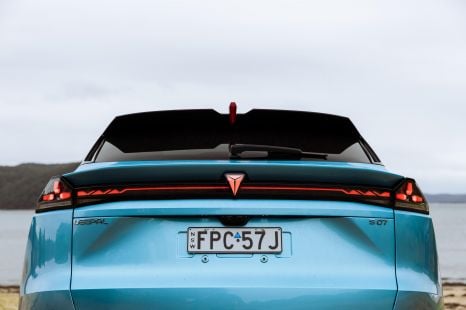

William Stopford
8 Hours Ago
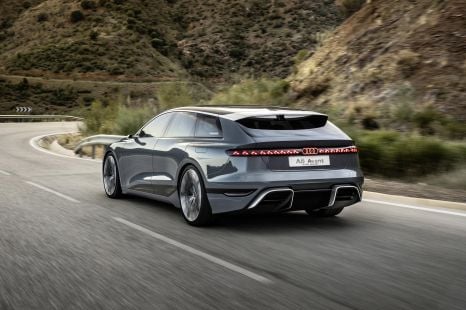

Derek Fung
9 Hours Ago


Alborz Fallah
9 Hours Ago
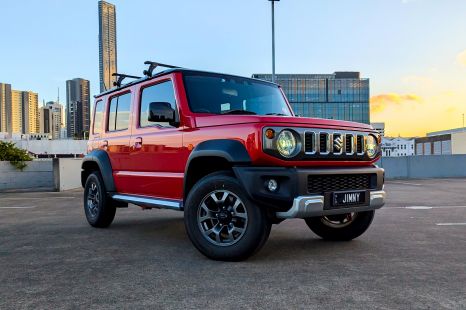

William Stopford
16 Hours Ago
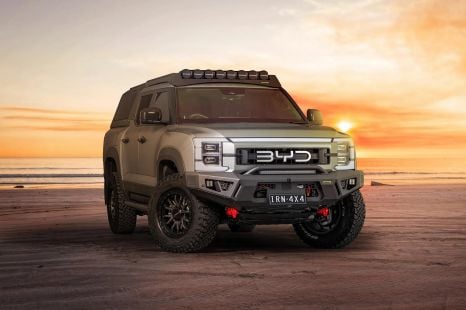

William Stopford
24 Hours Ago